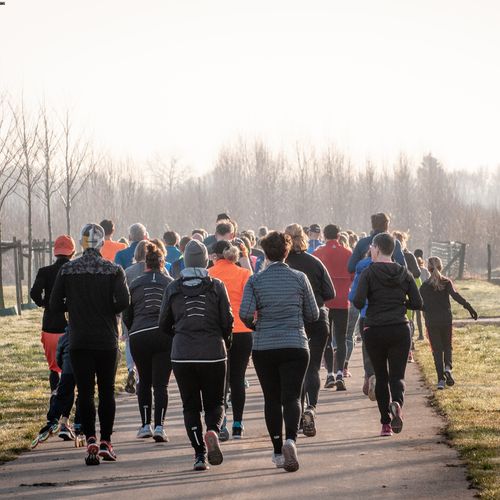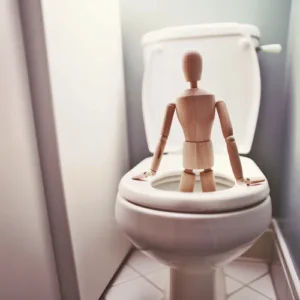High blood pressure, also called hypertension, is a major health concern affecting millions worldwide. But the good news is exercise can significantly help control blood pressure. This article explores how physical activity impacts hypertension and provides practical tips to get you moving.
The Dangers of Inactivity
Being physically inactive is strongly linked to high blood pressure and heart complications like stroke or heart attack. People who don’t exercise regularly have a much higher risk of developing cardiovascular disease.
In contrast, those who are physically active tend to have lower blood pressure and a healthier heart. Exercise helps manage weight, strengthen the heart muscle, and reduce stress – all of which benefit blood pressure.
How Exercise Improves Heart Health
Exercise improves heart health and lowers blood pressure in a few key ways:
- Strengthens the heart muscle allowing it to pump blood more efficiently
- Expands blood vessels allowing blood to flow more freely
- Reduces stress hormones like cortisol
- Lowers BMI and body fat percentage
- Improves cholesterol levels29
Over time, these cardiovascular adaptations lead to meaningful reductions in blood pressure.
Starting an Exercise Routine
Most health organisations recommend 150 minutes per week of moderate exercise, such as brisk walking. This can be broken up into 30 minutes a day 5 times a week.
Finding activities you enjoy will make it easier to stay motivated long-term. Consider sports, dance classes, brisk walking, jogging, cycling, or swimming. Strength training at least 2 days per week is also recommended.
If you haven’t exercised in a while, start slowly with low-impact activities like walking. Consult your doctor if you have any medical conditions. Gradually increase your pace and duration over time.
Knowing Your Target Heart Rate
Tracking your heart rate helps ensure you’re exercising at an appropriate intensity. It may seem hard work, but stick with us on this one! Calculate your maximum heart rate by subtracting your age from 220. Then target 50-85% of that maximum during exercise.
Use the “talk test” to gauge intensity. If you can carry on a conversation easily, you likely need to increase your pace. If you can barely talk, you may be overexerting yourself.
Additional Exercise Tips
Here are some tips to get the most out of your workouts:
- Warm up for a few minutes before and cool down after exercise. This helps reduce injury risk. The older you are, the more likely you are to come a cropper!
- Focus on breathing deeply and steadily during exercise. Holding your breath can spike blood pressure.
- It’s a group thing ! Exercise with others for motivation and accountability. Consider joining a walking group.
- Mix up your routine to prevent boredom. Try new activities regularly.
- Use fitness trackers to set goals and monitor progress. Seeing results can boost motivation.
- Reward yourself for achievements like distance milestones. Celebrating wins promotes consistency.
The section on how exercise improves heart health provides more background on the mechanisms behind its blood pressure lowering effects. This helps readers understand how physical activity leads to cardiovascular benefits. The extra content could be inserted after the dangers of inactivity section.
The Benefits of Exercise on Blood Pressure
Regular physical activity provides many advantages beyond just blood pressure control, including:
- Strengthening the heart and cardiovascular system
- Improving circulation and blood flow
- Lowering cholesterol levels
- Reducing stress hormones
- Managing weight and body composition
For ideal heart health, adults should aim for 150 minutes per week of moderate exercise along with muscle-strengthening activities. But any amount of physical activity has benefits, so start small if needed.
Overcoming Exercise Barriers
Lack of time and low motivation are common barriers to exercising. But there are ways to overcome these hurdles:
Time constraints – Wake up 30 minutes earlier and exercise in the morning. Or take a brisk walk on your lunch break. Look for small windows in your day to be active.
Low motivation – Schedule workouts in your calendar to make them a consistent habit. Workout with a friend or take a class to increase accountability. Track your activity to stay focused on goals.
Lack of enjoyment – Try different forms of exercise until you find activities you look forward to. Listen to music or watch videos to make sessions more fun. Consider exercising outdoors for a change of scenery.
Talk to Your Doctor About Exercise
Always discuss new exercise programs with your physician, especially if you have chronic health conditions. They can help determine safe levels of activity.
But for most people, the benefits of exercise far outweigh any risks. Being active is one of the best things you can do for your heart health and blood pressure. Get moving today!
Photo by Jos Zwaan on Unsplash
Zoom Health is a leading UK supplier of Home Health Tests and Earplugs





